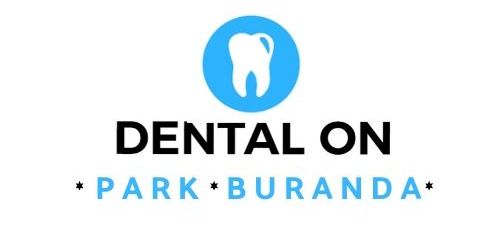What is an inlay and/or onlay?
Onlays and inlays are deployed when the cavity is too large for a filling, but the structure of the tooth is still sound.
The earlier your dentist spots your tooth decay, the easier it’ll be to clear as the cavity will be smaller.
But what happens when the decay is not spotted earlier? What happens when the tooth has already decayed considerably, that a filling will not be sufficient? An immediate answer is- where a filling is insufficient, a crown is needed. A crown is needed when tooth has decayed to such an extent that the tooth itself is not strong enough to hold a filling. Your dentist clears away the decay, shapes the remaining parts of the tooth and then the crown is placed over the top. In terms of procedures, it is quite a leap from a filling to crown.
A filling is quite often a relatively quick procedure that can be completed in just one visit. A crown is much more expensive to fit and requires at least two visits, as the mould needs to be taken then sent to a laboratory for the crown to be constructed. So it is natural to look for a treatment which can sit neatly in between. Something stronger and more durable than a filling, and something that will be easier than a crown which can allow the salvation of the healthy parts of the tooth. This is exactly where onlays and inlays come in.
Therefore, rather than re-shaping a sound tooth to fit under a crown, your dentist can simply use an inlay or onlay. An inlay fills the gap in the tooth while the only is applied to the top of the tooth – but apart from positioning they essentially play the same function. Usually, inlays and onlays are used to restore the back teeth as these are the teeth that do the most work, are the hardest to clean and often suffer the most from decay. Sometimes, they are also used to replace older amalgam fillings. The reason for this is because onlays and inlays can be manufactured from tooth-coloured materials, such as composite resin or porcelain.
What’s the procedure like?

The treatment for onlays and inlays is usually a more straightforward process than fitting a crown. However, this does depend on the tooth and the amount of decay. An old amalgam filling may need to be removed, as well as the decay cleaned away. The onlay or inlay is prepared in a laboratory and usually fitted at a second appointment.
